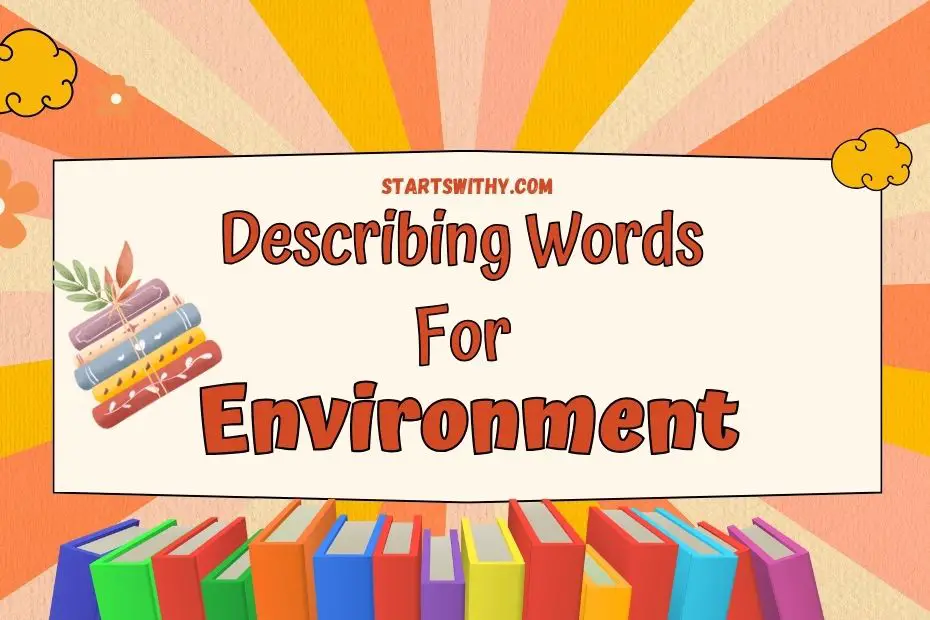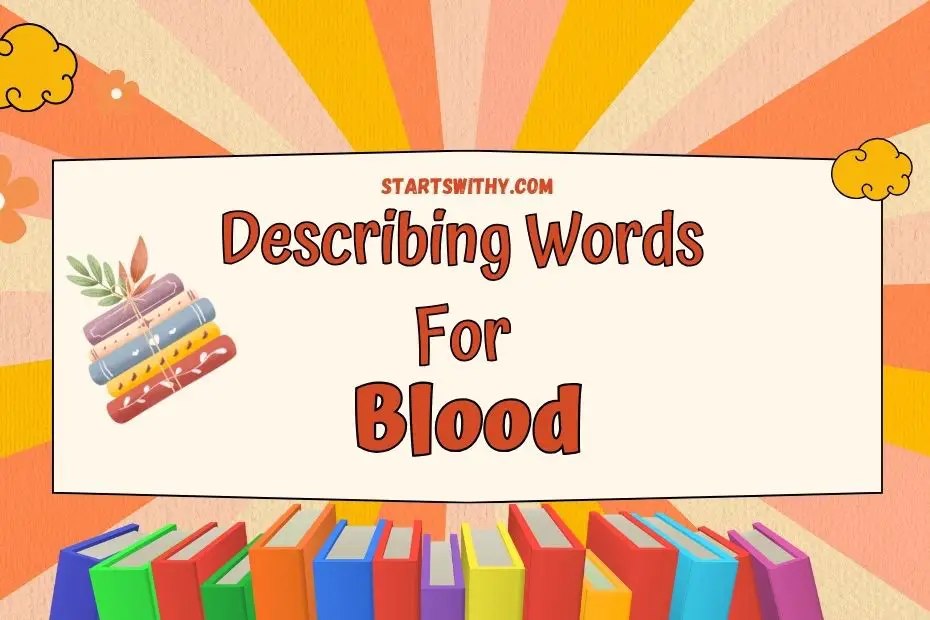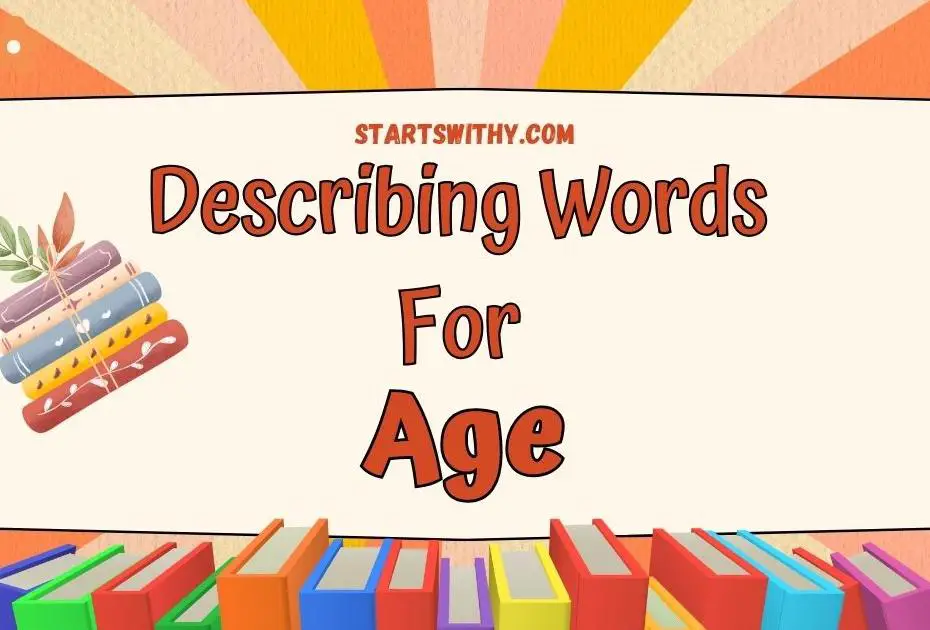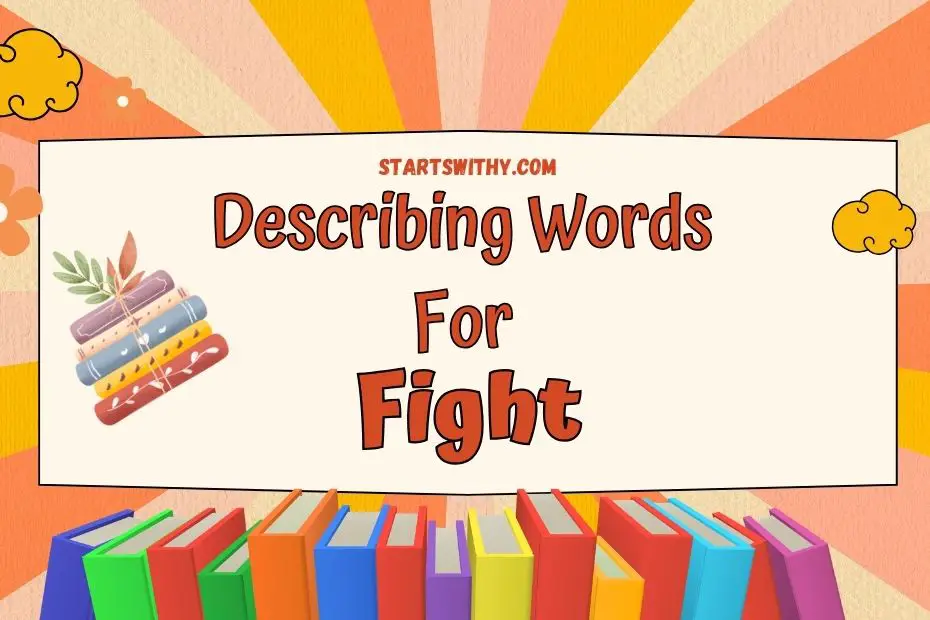When it comes to describing our environment, the power of adjectives cannot be underestimated. These descriptive words have the ability to paint a vivid picture of the world around us, allowing us to truly understand and appreciate the beauty and diversity of our surroundings. In this article, I’ll be exploring a wide range of adjectives that can be used to describe the environment, along with examples to help bring these words to life.
How to Describe environment? – Different Scenarios
When it comes to describing the environment, there are various scenarios that we can encounter. Each scenario presents a unique set of characteristics and features that require different descriptive words. Let’s explore some common scenarios and the adjectives that can be used to describe them:
1. Describing Nature:
Nature is abundant and diverse, filled with breathtaking landscapes and captivating wildlife. To effectively describe the beauty of nature, here are some adjectives you can use:
| Adjective | Example Sentence |
|---|---|
| Serene | The serene meadow was dotted with colorful wildflowers. |
| Majestic | The majestic mountains towered over the picturesque valley. |
| Tranquil | The tranquil lake reflected the colors of the setting sun. |
| Vibrant | The vibrant rainforest teemed with exotic plants and animals. |
2. Describing Cities:
Cities are bustling with life, with their unique architecture, vibrant cultures, and fast-paced lifestyles. To paint a vivid picture of a city, consider using these adjectives:
| Adjective | Example Sentence |
|---|---|
| Cosmopolitan | The cosmopolitan city buzzed with people from all over the world. |
| Thriving | The thriving metropolis boasted a skyline dotted with skyscrapers. |
| Lively | The lively streets were filled with music, laughter, and activity. |
| Modern | The modern cityscape was adorned with sleek, futuristic buildings. |
3. Describing the Weather:
Weather plays a significant role in creating the atmosphere and mood of a place. Here are some adjectives to describe different weather conditions:
| Adjective | Example Sentence |
|---|---|
| Sunny | The sunny day was perfect for a picnic in the park. |
| Stormy | The stormy skies unleashed a torrent of rain and thunder. |
| Breezy | The breezy afternoon was ideal for flying kites at the beach. |
| Foggy | The foggy morning enveloped the city in a mysterious haze. |
Describing Words for environment in English
When it comes to describing the environment, there are several adjectives that can be used to paint a vivid picture. Whether we’re talking about nature, cities, or weather, using the right words can help create a more immersive experience. Let’s explore some examples of descriptive words for the environment:
1. Nature:
Descriptive words: Lush, verdant, sprawling, ancient, majestic, serene, tranquil, teeming, vibrant, diverse, breathtaking, awe-inspiring, mystical, rugged, desolate, barren, windswept, sun-drenched, moonlit, starlit, crystalline, ethereal, whispering, roaring, cascading.
Examples:
- The lush rainforest teemed with vibrant life, the ancient trees reaching towards the majestic sky.
- The serene mountain lake reflected the breathtaking snow-capped peaks, the silence broken only by the whispering wind.
- The barren desert stretched out under the scorching sun, a landscape of desolate beauty.
2. Cities:
Descriptive words: Bustling, vibrant, sprawling, towering, chaotic, historic, modern, cosmopolitan, diverse, gritty, charming, bustling, aromatic, cacophonous, serene, bustling, artistic, cultural, vibrant, neon-lit, labyrinthine, cobbled, bustling, peaceful, sun-soaked, rain-slicked.
Examples:
- The bustling city streets throbbed with life, the towering skyscrapers scraping the clouds.
- The historic city center, with its cobbled streets and charming cafes, whispered stories of the past.
- The neon-lit cityscape stretched out before her, a labyrinthine maze of light and shadow.
3. Weather:
Descriptive words: Sunny, warm, balmy, humid, stifling, scorching, sweltering, rainy, downpouring, drizzling, misty, foggy, hazy, cloudy, overcast, stormy, thunderous, blustery, windy, chilling, frigid, icy, crisp, refreshing, invigorating, balmy, tranquil, serene.
Examples:
- The sunny day was perfect for exploring, the balmy breeze whispering through the trees.
- The stormy night raged outside, the thunderous sound echoing through the house.
- The crisp morning air was invigorating, the sunlight painting the dew-kissed grass with golden hues.
By incorporating these descriptive words into our writing, we can effectively convey the ambiance and atmosphere of our surroundings. Whether it’s a serene natural landscape, a bustling city street, or the sound of thunder during a storm, using the right adjectives can help paint a vivid picture for readers.
So, next time you want to describe the environment, remember to choose your words wisely and let your writing come to life with vibrant and engaging descriptions.
Adjectives for environment
Positive Adjectives for Environment
When it comes to describing the environment, there are many positive adjectives that can help create a vivid picture of the world around us. Let me share with you some examples of positive adjectives and how they can be used in sentences:
- Serene: The peaceful lake reflected the serene beauty of the surrounding mountains.
- Majestic: The majestic waterfall was a breathtaking sight to behold.
- Lush: The lush green meadow was dotted with vibrant wildflowers.
- Enchanting: The enchanting forest was home to a multitude of birds and animals.
- Picturesque: The picturesque beach offered stunning views of the sunset.
- Idyllic: The idyllic countryside was a haven of tranquility.
- Bountiful: The bountiful orchard was filled with ripe, juicy fruits.
- Harmonious: The harmonious sounds of nature filled the air.
- Invigorating: The invigorating mountain air revitalized my senses.
- Wholesome: The wholesome scent of fresh rain permeated the air after the storm.
- Vibrant: The vibrant city streets were alive with the energy of bustling crowds.
- Revitalizing: The revitalizing ocean breeze rejuvenated my spirit.
Negative Adjectives for Environment
While we strive to appreciate the beauty of our surroundings, it is also important to acknowledge the negative aspects of the environment. Here are some examples of negative adjectives that can be used to describe the environment:
- Polluted: The polluted river was a sad reminder of the harmful effects of human activity.
- Barren: The barren desert stretched out for miles without a hint of life.
- Gloomy: The gloomy sky seemed to reflect my somber mood.
- Dilapidated: The dilapidated buildings were a stark contrast to the vibrant cityscape.
- Toxic: The toxic fumes from the factory filled the air with a noxious smell.
Remember, describing the environment using a variety of adjectives can help create a more engaging and immersive experience for the reader. Whether it’s the serenity of a lake or the vibrancy of a bustling city, the right choice of adjectives can convey the ambiance and atmosphere of our surroundings effectively.
Synonyms and Antonyms with Example Sentences
Synonyms for Environment
When describing the environment, it’s important to use a wide range of adjectives to paint a vivid picture. Here are some synonyms for the word “environment” that can help add depth and variety to your descriptions:
- Setting: The setting refers to the overall surroundings or context in which something exists. For example, “The book is set in a beautiful natural setting with lush green forests and flowing rivers.”
- Atmosphere: The atmosphere encompasses the mood or feeling of a particular place. For instance, “The movie creates a tense and mysterious atmosphere, with dimly lit streets and echoing footsteps.”
- Ambiance: Ambiance describes the overall mood or character of a specific environment. For example, “The restaurant has a cozy and romantic ambiance with soft lighting and quiet music.”
- Surroundings: Surroundings refer to the things or places that are around a particular location. For instance, “The hotel is nestled in breathtaking surroundings, featuring stunning mountain views and pristine lakes.”
Using these synonyms allows you to bring more depth and variety to your descriptions, making them more engaging and captivating for your readers.
Antonyms for Environment
In addition to synonyms, understanding the antonyms (opposite words) for “environment” can also help you create a well-rounded description. Here are some antonyms for the word “environment”:
- Concrete: Concrete describes something that is solid, tangible, or material. For example, “The bustling city is a world of concrete, with towering skyscrapers and busy streets.”
- Indoor: Indoor refers to the inside or interior of a place. For instance, “Children can enjoy various activities in the indoor playground, away from the sun and rain.”
- Artificial: Artificial refers to something that is made by humans or not naturally occurring. For example, “The park’s bright and colorful playground equipment adds an artificial touch to the natural surroundings.”
- Isolated: Isolated describes being separate or cut off from others. For instance, “The cabin is located in an isolated area, surrounded by dense forests and away from the noise of the city.”
By considering antonyms, you can provide a contrast to your descriptions, adding depth and variety to your overall portrayal of the environment.
Remember, using a diverse range of adjectives, including synonyms and antonyms, can greatly enhance your ability to describe the environment in a more engaging and captivating manner. By incorporating these words into your writing, you can create a more immersive experience for your readers, whether they are kindergarteners or preschool teachers.
Conclusion
In this article, I have discussed the importance of using adjectives to describe the environment. By using a variety of adjectives, including synonyms and antonyms, we can create a more captivating and immersive experience for our readers.
Throughout the article, we explored different adjectives that can be used to describe the environment, such as “serene,” “vibrant,” “pristine,” and “harsh.” Each adjective provides a unique perspective and helps to paint a vivid picture in the reader’s mind.
By incorporating these descriptive words into our writing, we can evoke emotions and create a more engaging description of the environment. Whether we are writing about nature, cities, or any other aspect of the environment, using adjectives allows us to bring our words to life.
By utilizing a wide range of adjectives and considering synonyms and antonyms, we can elevate our writing and provide a more immersive experience for our readers. So, let’s embrace the power of adjectives and create compelling descriptions of the environment.



